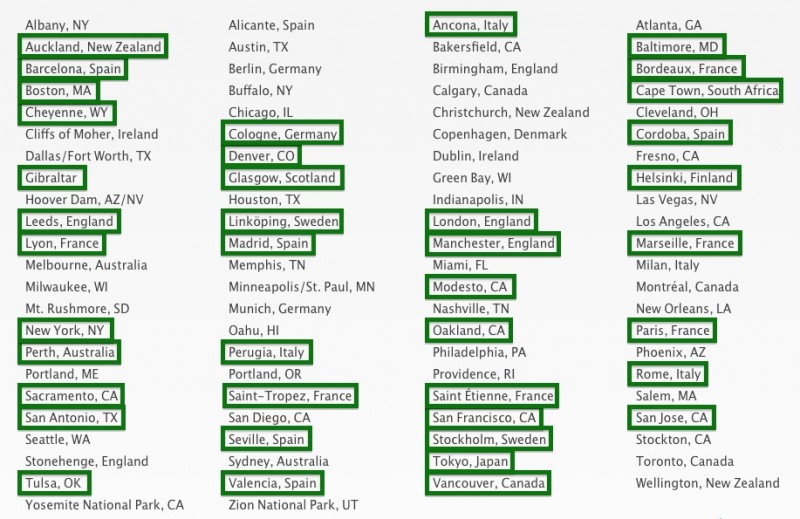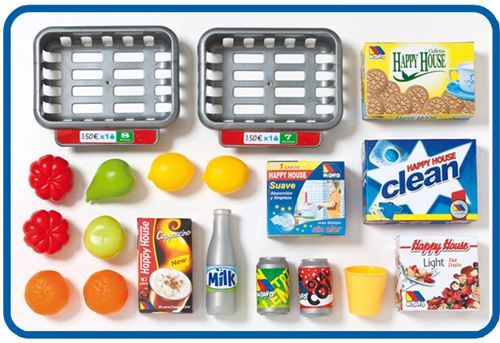In college we have seen that to work with elementary students must perform more complex activities in which students are able to think for themselves, where the habit of reading is encouraged and use the new technologies to attract them. A good way to create projects are using ICT's like Glogster, Goanimate, Vocaroo, Voki, Mindomo, Linoit.com, etc. To work all these aspects I decided to create two different tasks from a film and a book.
***
"GRU, MY FAVOURITE VILLAIN" (8-10 years old)
PRE-TEACHING
First we will see the film: "Gru my favorite villain", then we should discuss among all analyzing the content. We will aim the things we liked most write them on a cardboard and the less ones in another. After that, I will give them a glossary which is going to contain some words about personality, physical, behavior and personal tastes.
Each student must choose the glossary words he/she prefers to create his/her own minion. Once they have thought about it, the next task is to prepare an essay explaining how will be the minion. For that, we are going to use a computer program that will give life to the minion that they have been described.
POST-TEACHING
Finally they have to introduce their minion into the story and to create a vignette with five clouds.
"MATILDA" (11-12 years old)
PRE-TEACHING
To work book Matilda let's talk about the good deeds. Because the protagonist is a girl of good heart trying to help others, who likes to read books, study and research. So I'll give a glossary containing the names of different cities.
ACTUAL-TEACHING
Students should wonder about the problems in these cities, look up information on the Internet and choose the three issues they consider mostly relevant.
POST-TEACHING
After that they must invent spells to end these social problems. Spells must be written in English.
I hope you enjoyed this educational proposals!
Created by: MªJosé Inestal Santolaya.



















